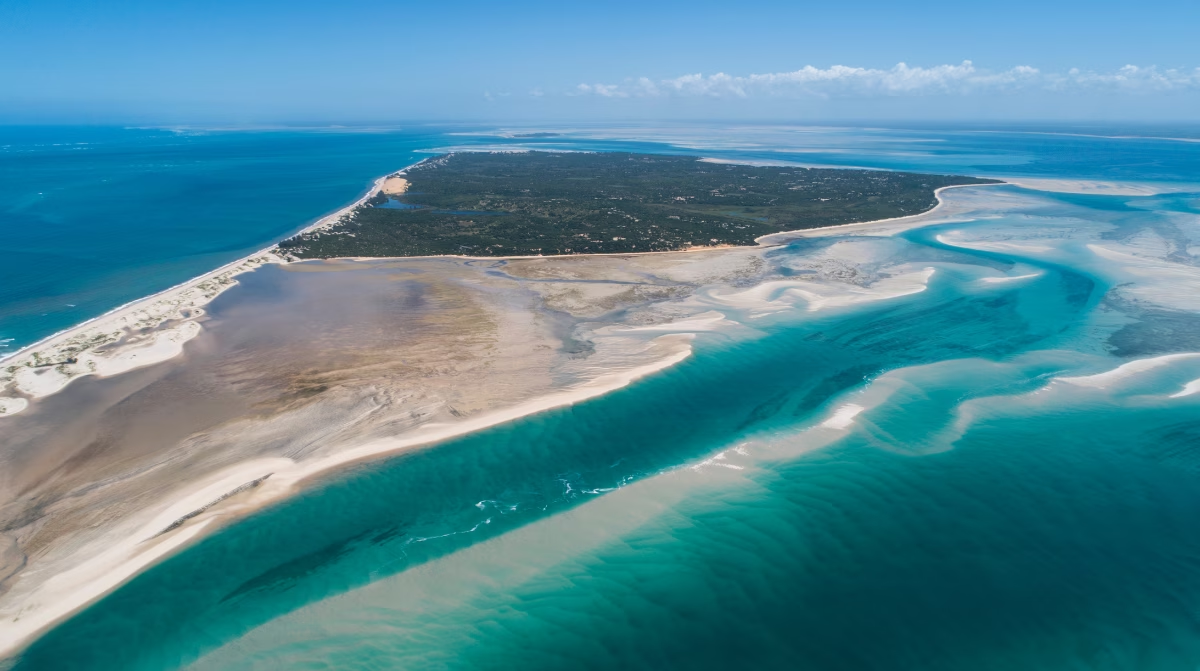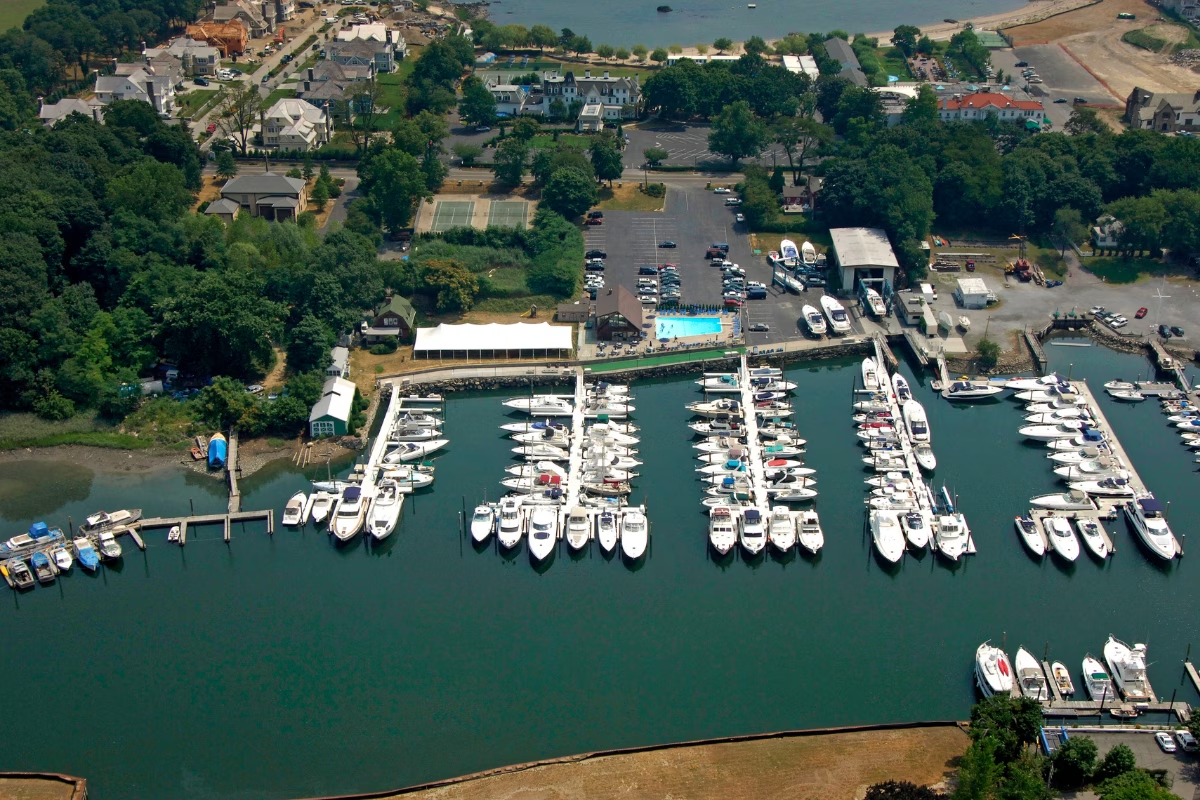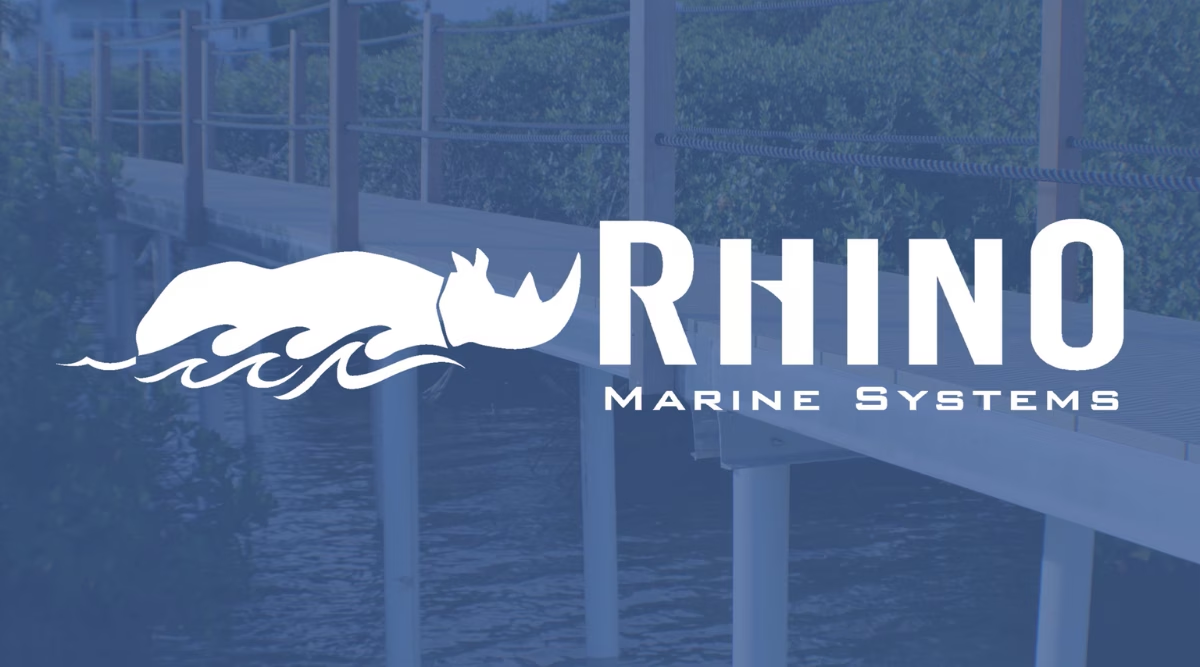Although the Baltic Sea holds enormous potential for the development of the marina industry, regional geopolitical tensions are scaring away boat owners and discouraging potential investors, meaning that this potential is unlikely to be unlocked in the coming years.
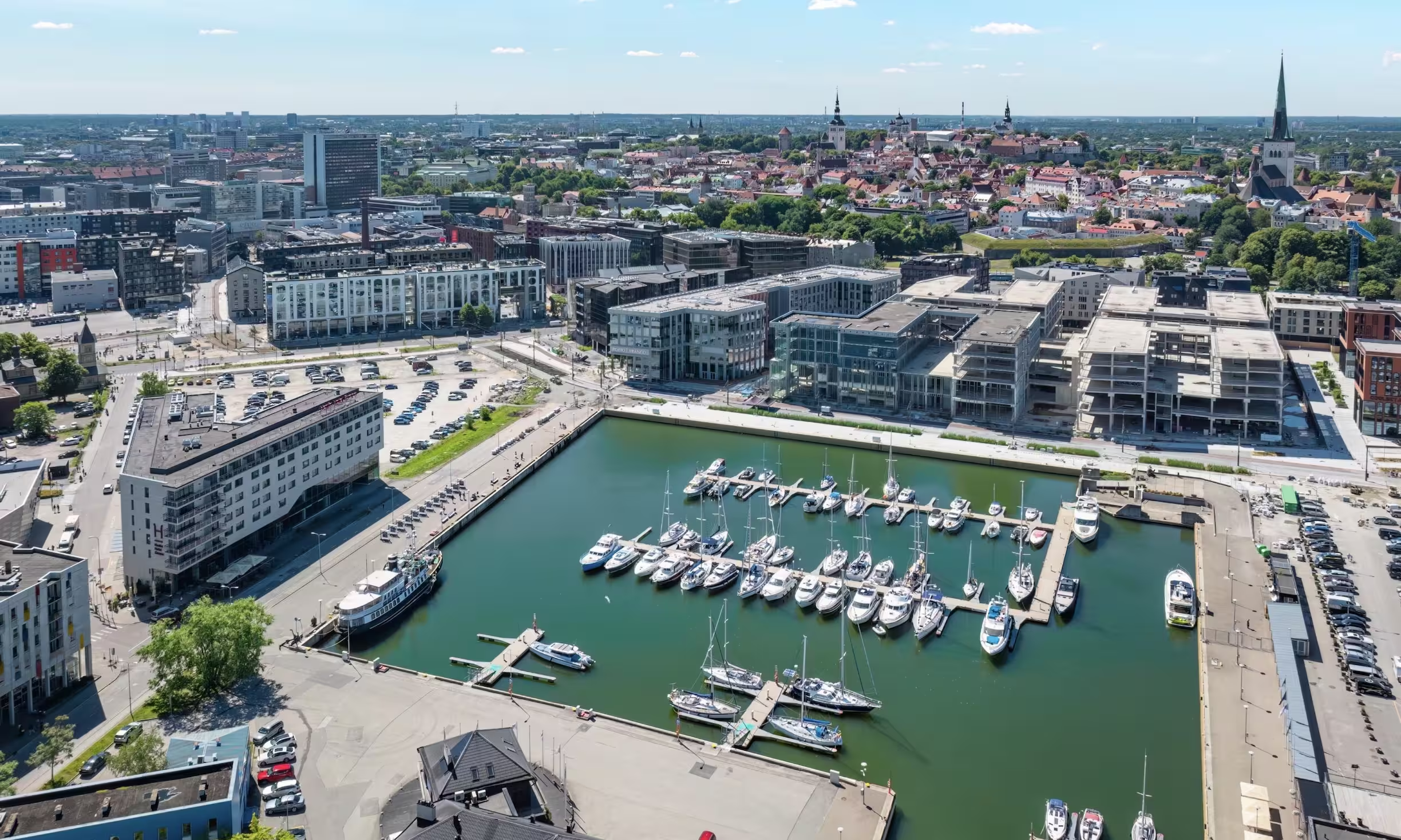
The 2025 yachting season in Latvia has been relatively slow with no significant improvements expected by the end of the season, according to Aiga Meri, Head of the Kurzeme Planning Region, one of the five planning regions in Latvia located on the shores of the Baltic Sea and Gulf of Riga.
"Marina captains point to the ongoing geopolitical situation, particularly tensions related to Kaliningrad, as the primary reason for reduced yacht traffic [this year]," Meri said.
Kaliningrad, a Russian exclave bordering Poland to the south, Lithuania to the north and the Baltic Sea to the west, has always been a stumbling block for the development of yachting in this part of Europe. However, since Russia’s full-scale invasion of Ukraine in February 2022, safety concerns associated with getting anywhere near Russian territorial waters have reached an unprecedented scale.
"Polish yachts are rare and German yachts are actively avoiding routes near Russian waters, meaning only the most determined sailors are reaching Latvia," Meri said. Fears are not entirely groundless. According to Meri, GPS signal jamming from the Russian side, which has become common in recent years, is now a serious concern.
"Several incidents were reported where navigation was severely affected, posing real danger. One sailor almost ran aground near Kaliningrad due to autopilot misdirection," Meri added. As a result, the number of foreign visitors in the Baltic region remains below pre-pandemic levels and is expected to stay low as long as geopolitical tensions remain.
_converted.avif)
Cautious development
In the shadow of political uncertainty, the marina industry in Latvia and its neighbouring countries — Estonia, Lithuania and parts of Poland and Finland — is currently experiencing a phase of cautious development and repositioning, Meri stated.
On a positive note, the marina industry is witnessing a steady rise in local boat ownership. More and more Estonians are taking to the sea and purchasing small boats, commented Siim Seeman, Deputy Harbour Master of Old City Marina at the Port of Tallinn. Old City Marina offers 110 berths, roughly half of which are reserved for regular clients — mainly from Estonia — and the other half are available for visitors, Seeman added.
"We're fortunate that Tallinn and Estonia are so close to Finland — a nation of passionate sailors and sea lovers — who are increasingly discovering Estonia's marinas," Seeman said.
Thanks to EU funding, there has been a growing number of marinas developing in Poland and neighbouring countries during the last several years, commented Ewa Kot, owner and CEO of Marina Przełom in Poland. However, the trajectory of Poland’s marina industry development is somewhat different from other countries in the region, as a relatively high number of berths and marinas belong to the state.
"[New marinas] are mostly owned by and managed by the state. The number of berths is increasing, and the number of boats is rising as well," Kot said. Although it is of course a positive trend that the marina industry is developing and modernising, a flip side is that private marinas have found it hard to compete with state-owned enterprises.
In Estonia, the past few years have been good business for Haven Kakumäe Marina in Tallinn, commented Martin Tuul, a marina manager.
"While the rapid growth in berth occupancy has somewhat levelled off recently, we remain satisfied with the steady interest and are approaching the future with confidence and composure," Tuul said. Completed in 2017, Haven Kakumäe was developed in a residential area with many potential yacht owners who previously lacked access to supporting infrastructure.
"As a result, most of our berth holders are relatively new to boating, and we've built our customer base largely without pulling clients away from other marinas in the region. The demand has remained strong, and the marina continues to operate at healthy occupancy levels, reflecting the gradual but solid growth of the local boating culture," Tuul added.
_converted.avif)
Room for further growth
Despite some positive developments, the construction of new marinas from scratch remains somewhat rare in the Baltic region.
"While many marinas in the region have been upgraded or expanded, few entirely new and complex facilities like Haven Kakumäe have been built in the Baltics in recent years. In that sense, our marina is somewhat unique," Tuul said.
In some segments, sufficient accommodation is clearly not available, so there is room for further growth. In particular, there is still a moderate shortage of berths for boats over nine metres, Tuul said, adding that due to the specifics of the climate in the Baltic Sea, winter storage is essential and high-quality heated options — especially for boats over nine metres — remain in short supply.
In Lithuania, marina capacity is still relatively small and the local sailing community is growing slowly but steadily.
"Klaipėda is the main marina hub, with limited secondary facilities in Nida and Juodkrantė," Meri said. Although growth opportunities exist in other coastal destinations, Lithuania's proximity to Kaliningrad adds similar geopolitical concerns as in Latvia, affecting international transit traffic, Meri admitted.
Economic issues also somewhat constrain the growth of the marina industry in the region. For example, the Baltic States and Poland were particularly badly hit by the continent’s recent energy crisis.
"The rise of the energy costs forces marina operators to seek alternative sources of energy," Kot said, adding that to mitigate the rising costs Marina Przełom installed solar panels to provide a renewable and clean source of energy in 2023. Moreover, Kot continued, the yearly increase and introduction of new taxes as a result of challenging economic conditions represent additional common challenges for marinas across the region.
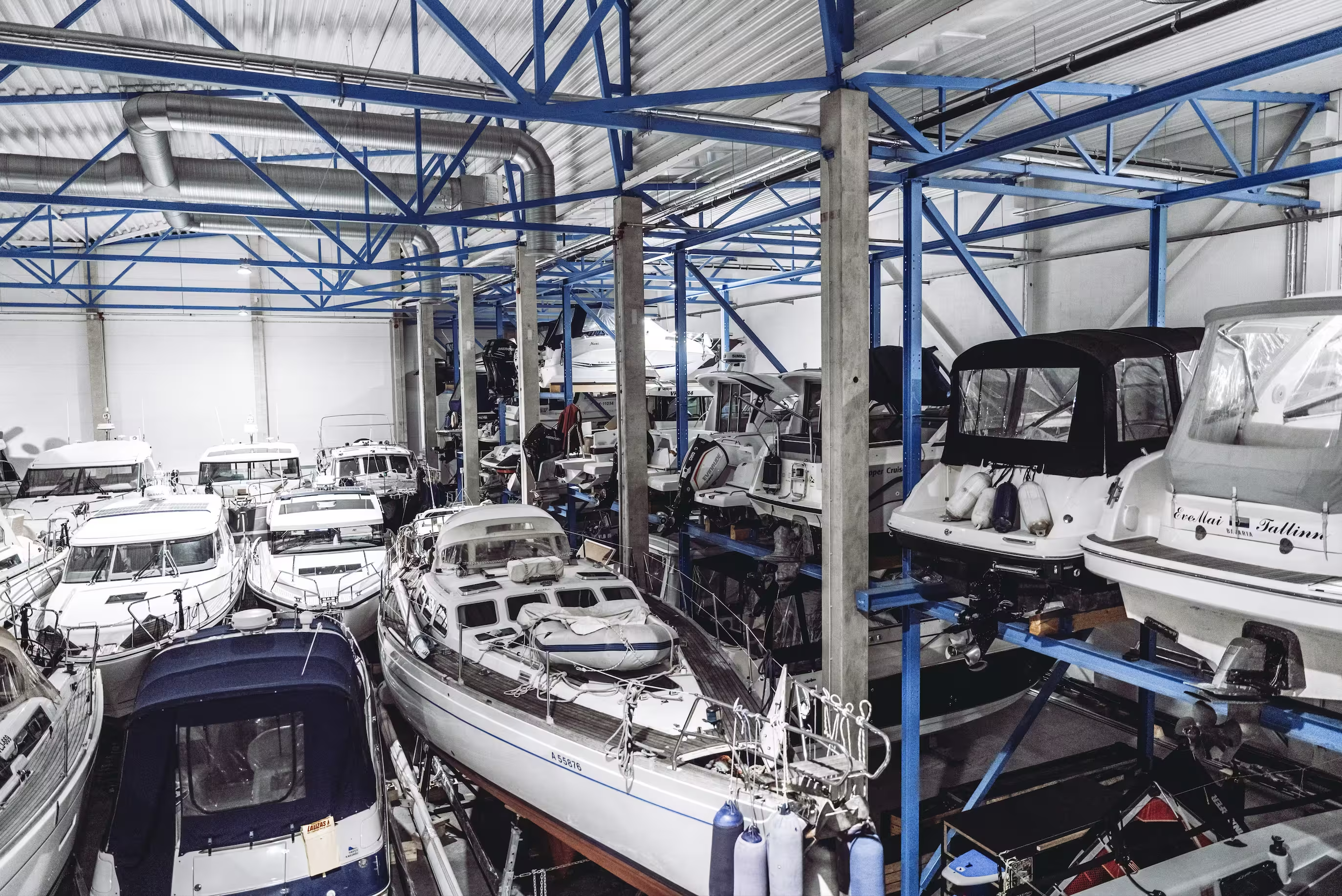
Wait-and-see mood
In general, most marinas in the Baltic are investing in streamlining operations and cost adjustments, hoping to survive the turbulent times. Against this background, marinas have tended to collaborate rather than compete with each other.
"While some competition exists, we believe that the development of new marinas or the renovation of existing ones has a positive impact on the entire sector. New destinations create more options and increase awareness of Estonia's small harbours. A positive visitor experience leads to return visits and word-of-mouth recommendations, which benefit all marinas. After all, most sailors plan routes that include multiple destinations," Seeman said.
Infrastructure quality is not the issue in the region. For example, Latvian marinas are well-developed and appreciated by visitors — but safety concerns are outweighing other factors. Aiga Meri argued that the industry needs a surge in demand to unlock its potential, which can hardly be achieved without the return of international traffic. The general belief is that no major improvements can be anticipated as long as the conflict in Ukraine drags on and political relations with Russia remain tense.
"Some German sailors have expressed [an opinion] that once the war in Ukraine ends, there could be a significant uptick in German yacht visits as Latvia is gaining a positive reputation as a safe and attractive destination," Meri added.
There are still enough good places to build new marinas in the region. For example, Seeman pointed out that Estonia's long coastline offers excellent potential for marina development and allows visitors to explore a variety of destinations. The country is also home to many islands and islets, which are especially popular among sailors, Seeman added.
This article was also published in issue 150 of Marina World magazine. Click here to read the online version.



